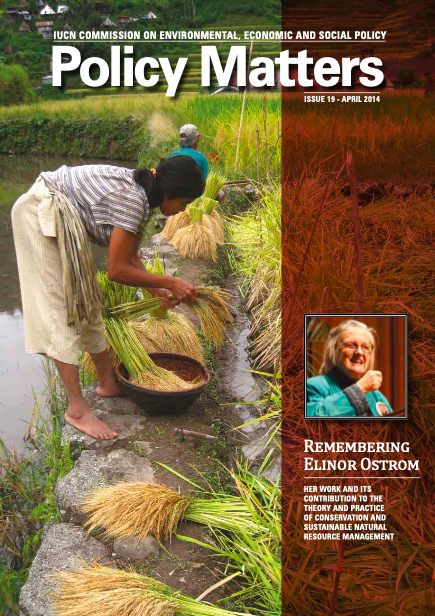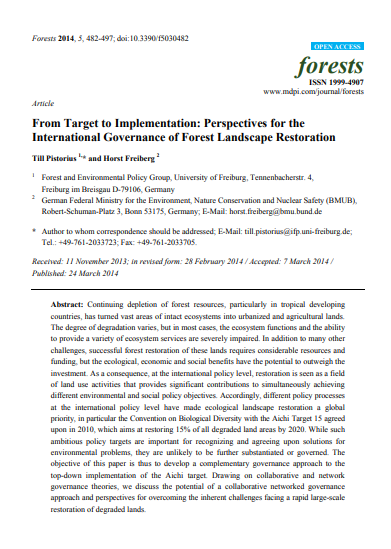Incentive Contracts for Environmental Services and Their Potential in REDD
Implementation arrangements for Reducing
Greenhouse Gas Emissions from Deforestation and Forest
Degradation can be seen as contracts that could address some
of the inherent problems with forest carbon credits that
often lead to high transaction costs -- measuring,
monitoring, and verification. Self-enforcing contracts,
where it is in the best interest of the environmental
service providers to comply with the contracts, may be one






